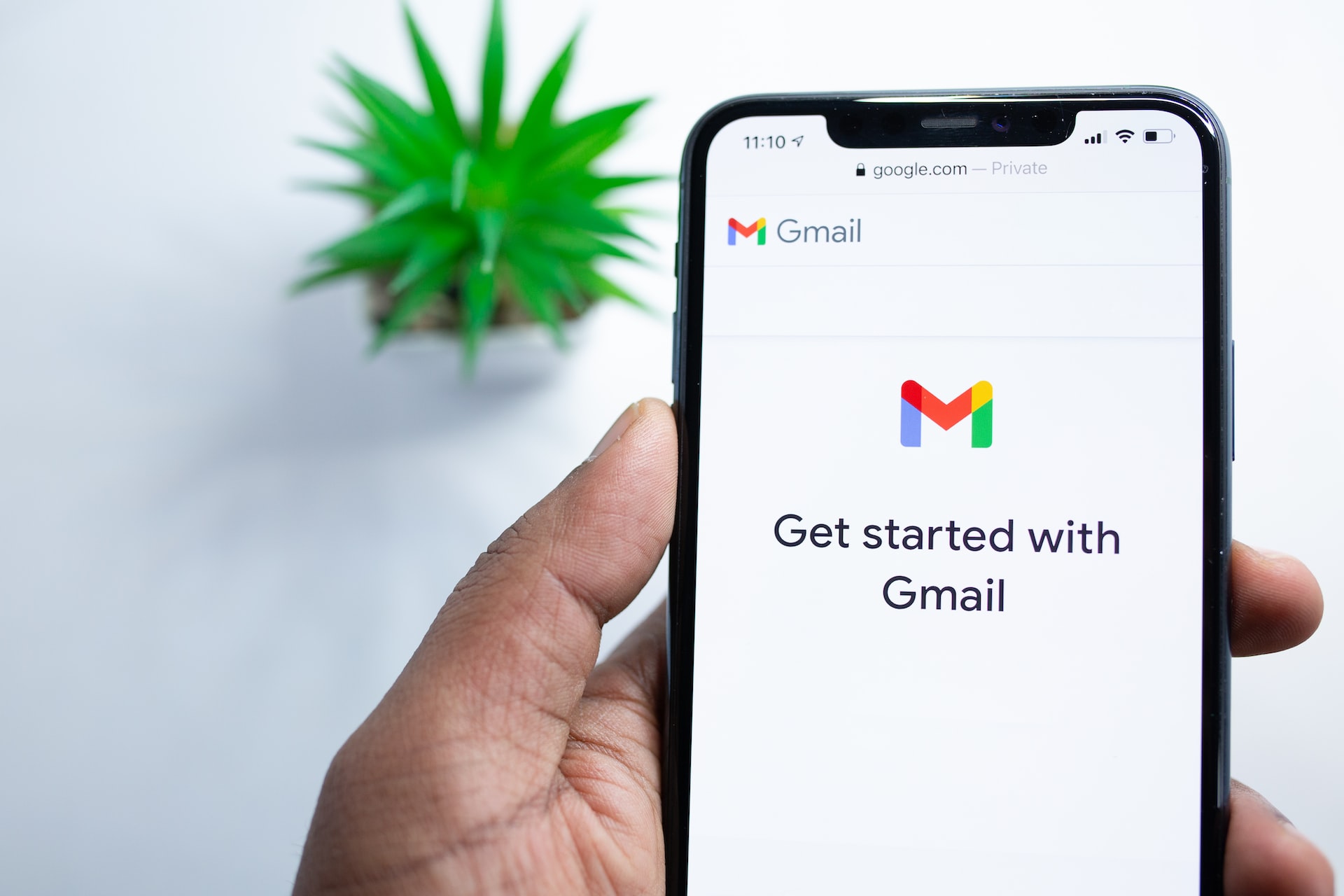
How do I market my e-commerce business in 2023?
Barbara Arora
- ,
- , Email marketing
Do you have an online presence?
- Have a website
- Have a social media presence
- Email list and newsletter (or both)
- Blog, with regular content updates (like this one!)
Are you using the right marketing strategy?
If you’re not using a marketing strategy, it’s time to start. A good marketing strategy will help you reach your target audience and keep them coming back for more.
Here are some examples of things that could be included in your e-commerce business’ marketing plan:
- Targeting your audience
- Creating content that speaks to them (blog posts, podcasts, videos)
- Optimizing that content so it performs well on search engines (SEO) and social media platforms like Facebook and Instagram
- Tracking the performance of all this work so that you can adjust accordingly
How are you measuring your success?
Tracking your sales is probably the most obvious way to measure your success. But if you’re not careful, this can lead to some bad decisions. For example, let’s say that you start selling a new product and it doesn’t sell well right away. Do you stop selling that product because it isn’t profitable? No! You need to keep pushing forward until the market catches up with what you have created.
In addition to tracking sales numbers, make sure that you’re tracking other metrics as well: marketing/advertising spend (both paid and organic), customer service cost per customer acquisition (CPA), growth rate of active users vs non-active users over time (or week by week), etc…
What are your target customers' needs and wants?
The next step is to identify your target customers and their needs, wants, and interests.
- What is the demographic of your potential customers? This will help you decide how to market your product or service to them. For example, if you’re selling dog toys online then it’s likely that most of your customers will be families with young children who want something fun for their pooch but don’t want anything too expensive or complicated (since they won’t have time). Knowing this means that when writing copy for ads or creating content for social media channels like Facebook and Instagram it would be wise not only to include images of dogs playing with these toys but also to explain why these particular items are so great at engaging dogs’ attention–for example by saying “these balls are made from special material which helps keep them safe from being bitten.”
Optimizing your follow-up emails increases your response rate by 36%.
Follow-up emails are an essential part of the outbound sales process. They serve as a way for you to keep in touch with prospects and remind them that you exist, which can help you get meetings on your calendar. But if you’re not doing them right, follow-ups can actually hurt your chances of getting meetings.
In Mailshake’s study of over 80 B2B companies who used their tool for sending cold emails, they found that optimizing your follow-ups increases response rates by 36%. This means that if someone doesn’t respond after one email, sending another email has almost double the chance of getting them on the phone or into a meeting room with you!
What is the competition doing?
If you’re looking at the competition, it’s important to understand their strengths and weaknesses. You want to know what they are doing well, and how they can be improved upon. If a competitor has a great product line but no marketing strategy, that is an opportunity for you! But if all of your competitors have strong marketing campaigns and products with good reviews on Amazon, then perhaps it isn’t time for you yet.
The goal here is not necessarily copying what other people are doing–but rather learning from them so that when the time comes for you to invest more heavily in advertising or other types of marketing strategies (like SEO), you’ll have an idea of where else those investments might pay off most effectively.
What social media channels do they use?
Social media has become an essential tool for e-commerce businesses. It’s a way to engage with customers, promote your products, and generate leads.
In 2019, the most popular social media channels are Facebook and Instagram.
There are several ways you can use these platforms to market your business:
- Build Your Brand – Use images in ads or posts that show off your brand’s personality so potential customers feel like they know who you are before they make a purchase. Don’t forget about video! Videos give people an even better sense of who you are as well as why they should buy from you over another company (or individual).
- Engage With Customers – Social media allows for quick engagement between brands and consumers so it makes sense to use this opportunity wisely by actively engaging with customers on these platforms when possible through comments/replies/shoutouts etc…
E-commerce businesses need to adapt their marketing strategies in 2023.
In 2023, e-commerce businesses need to adapt their marketing strategies. Marketing is not just about the product, but also about the business itself. The way you market your business can make or break it in 2023.
In order to succeed with an e-commerce business in 2023 and beyond, you must have a solid understanding of what makes customers tick and what they expect from you as a brand or service provider.
Conclusion:
In conclusion, e-commerce businesses need to adapt their marketing strategies in 2023. The industry is changing and becoming more competitive, so it’s important to stay ahead of the curve with new technology and social media channels.
Share this post
Our blog
Most popular stories

What does an email deliverability test do?
Email deliverability tests are a great way to find out if your email is getting delivered to the inbox or being filtered into a spam folder. You can also use it to check if the ISP is blocking your emails, which is something that happens more often than you’d think.
If you want more information about how email deliverability works and what factors affect it, check out our blog post here!

What are some examples of email deliverability issues that can affect your business?
Email deliverability refers to the ability of an email to reach the intended recipient’s inbox and be successfully delivered. It’s an important aspect of email marketing because if your emails are not delivered, they cannot be read, and your marketing efforts will not be successful. This can be affected by many factors including IP reputation, email content and subject lines, list quality and more.

What is the future of the e-commerce industry?
The e-commerce industry is growing rapidly in terms of market share. As more people shop online, the demand for good social media marketing is increasing. A strong brand presence on social media is essential to success in e-commerce. E-commerce can be better than bricks and mortar retail. Customers expect personal service from brands online. Ecommerce companies should focus on product design over stock management if they want to succeed as well as customer experience

What is the best tool for email marketing for beginners in 2023?
Email marketing is a great way to stay in touch with your customers, build relationships with them, and drive more sales. However, if you are just starting out, it can be difficult to choose the right email marketing software for your business. Here are some helpful tips that will help you find the best email marketing tool for beginners:
